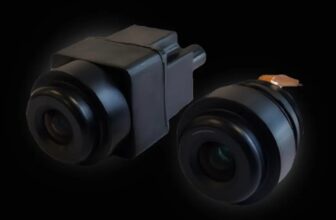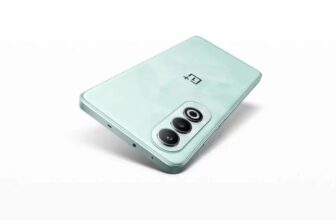Xiaomi 14 Ultra Review: In-Depth Analysis Reveals Pros And Cons
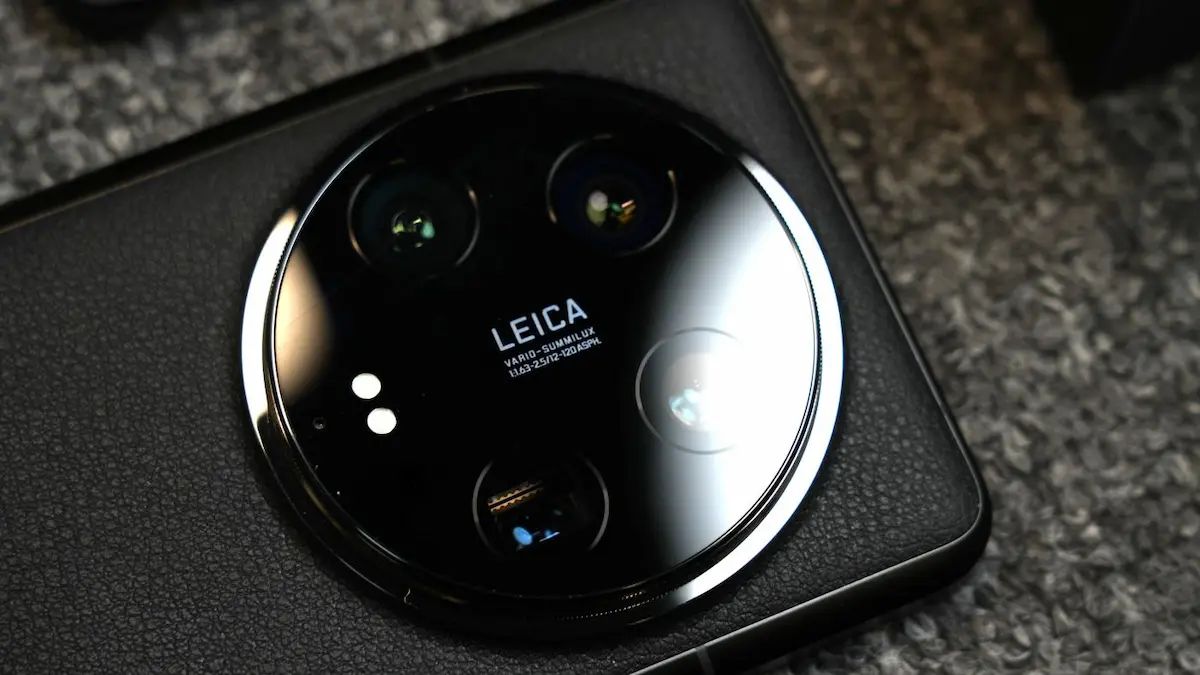
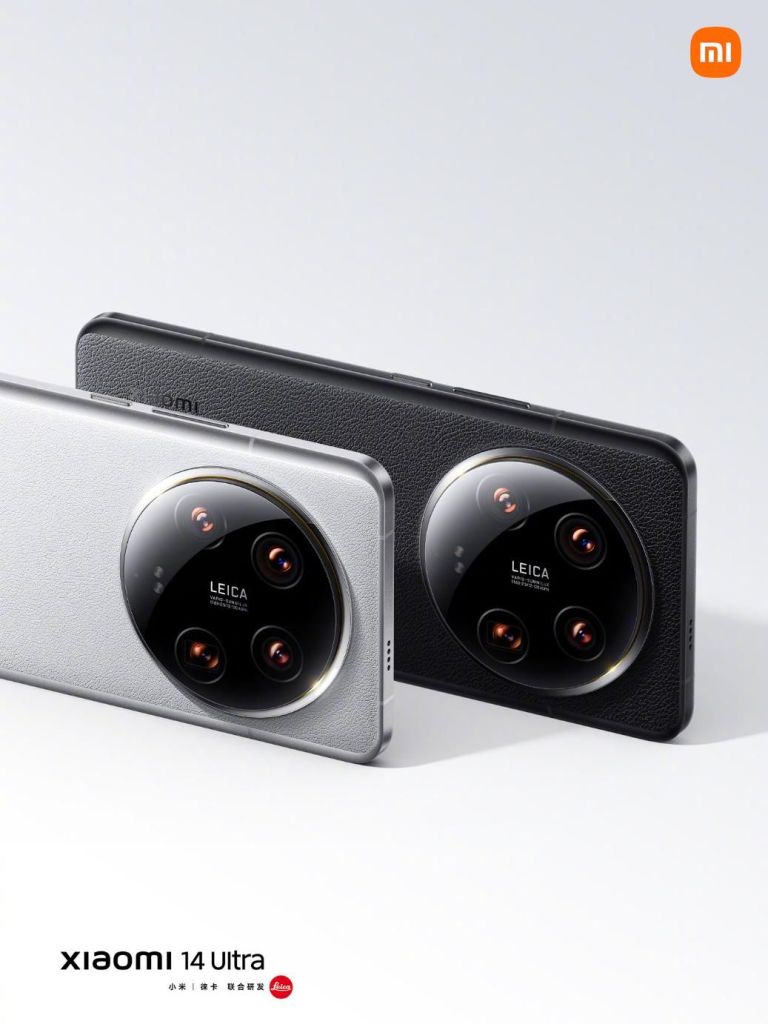
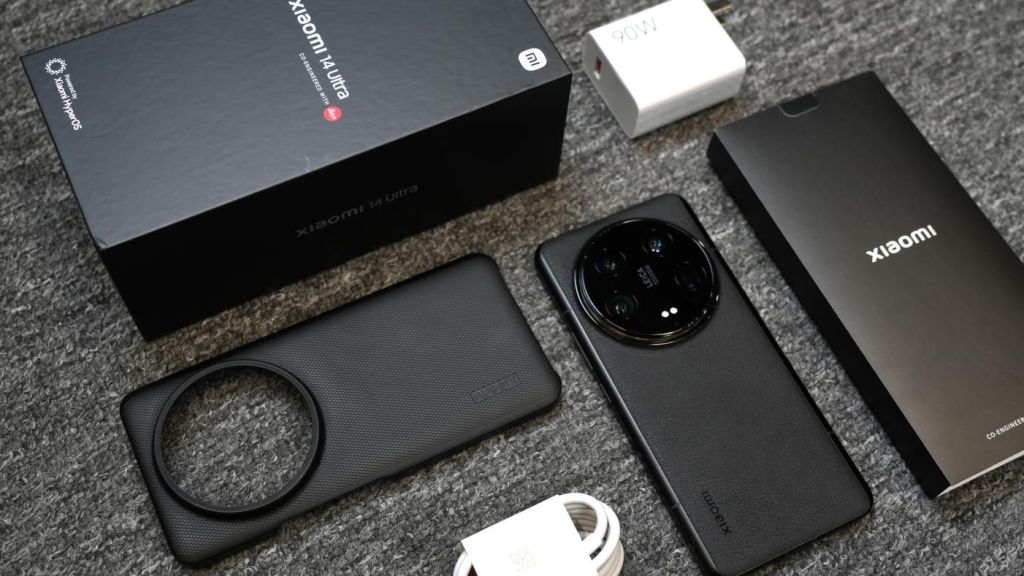
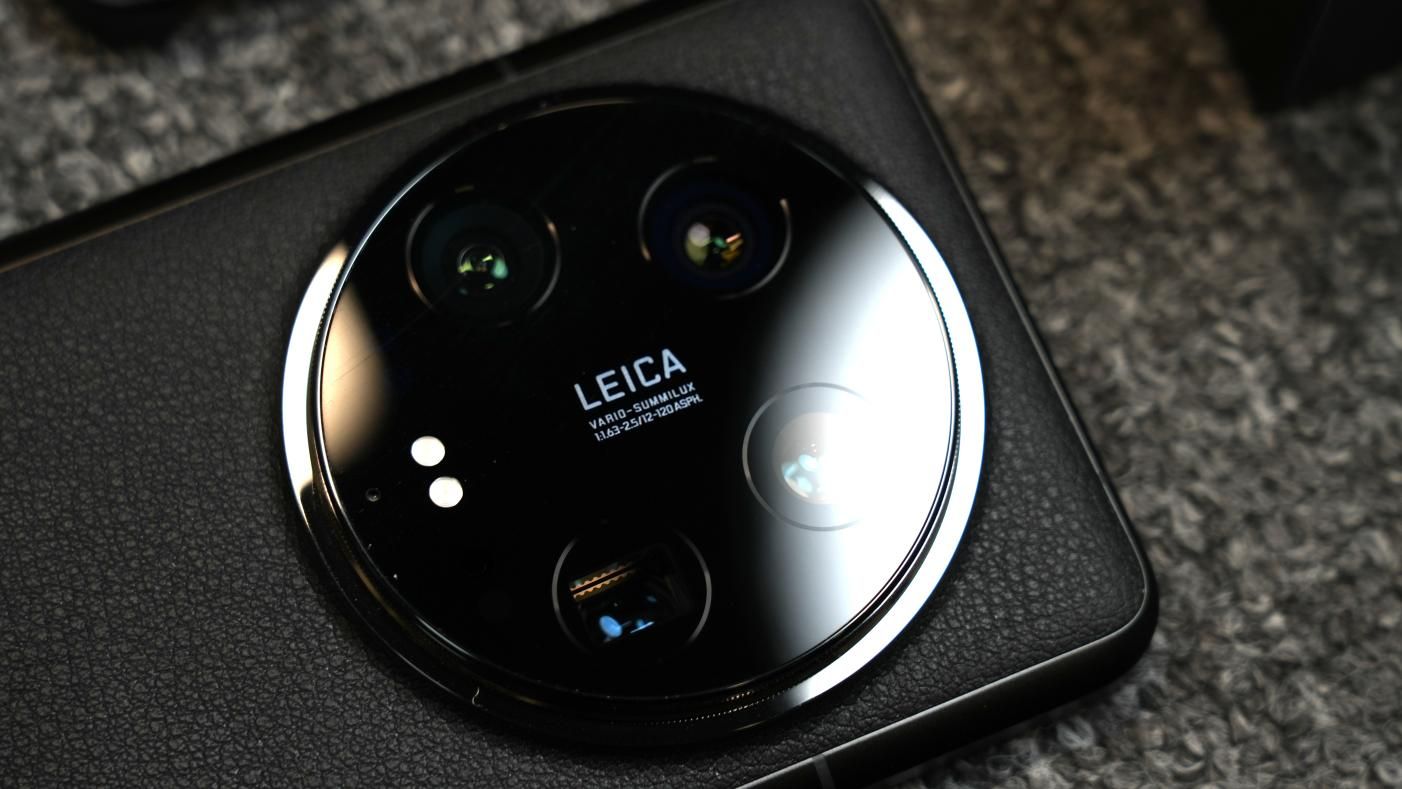
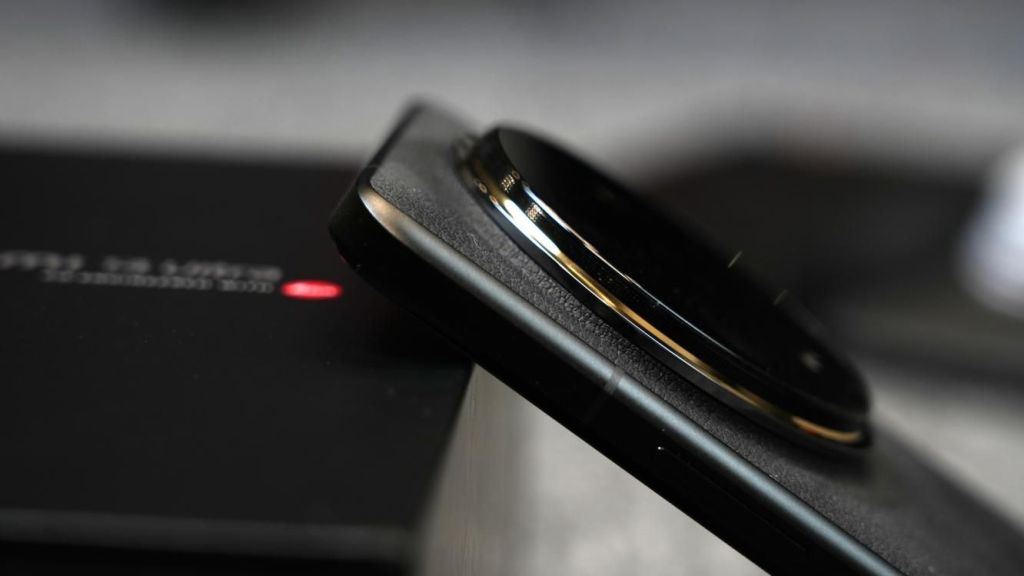
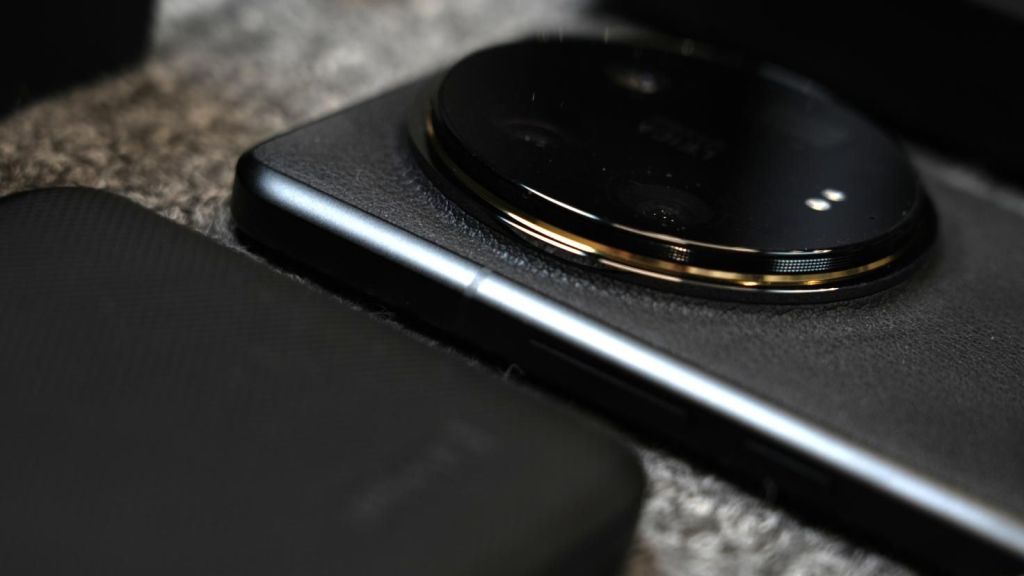
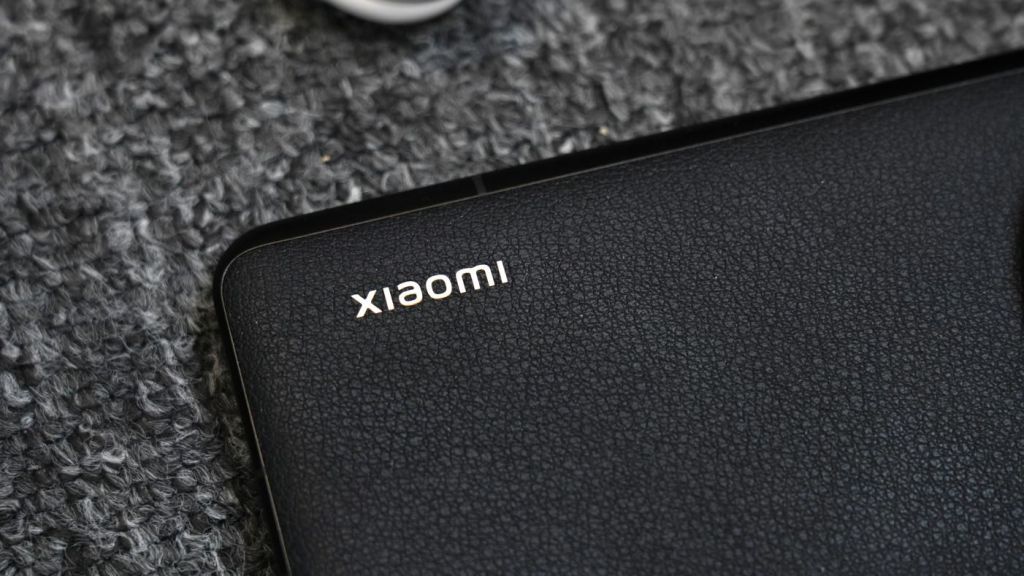
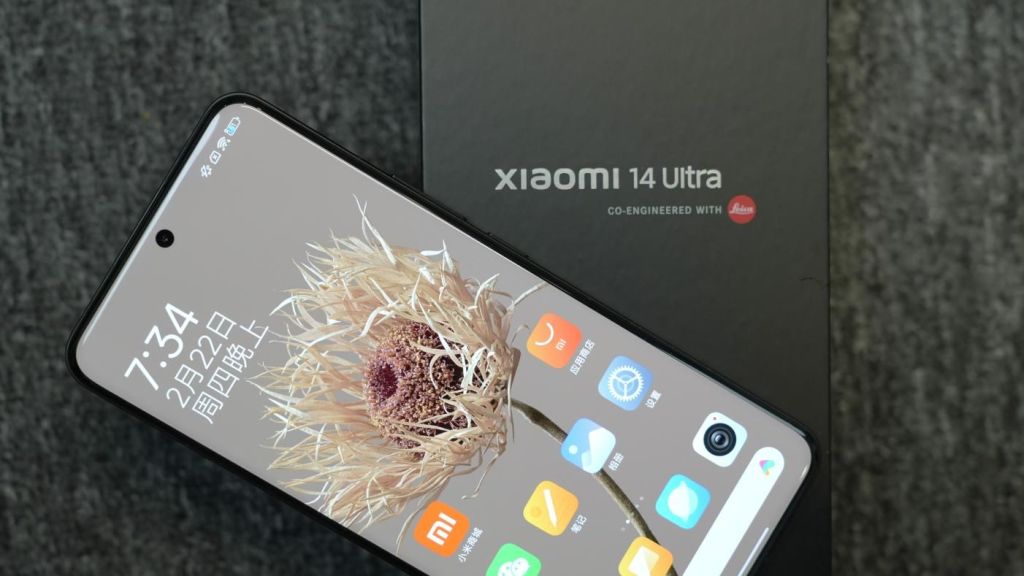
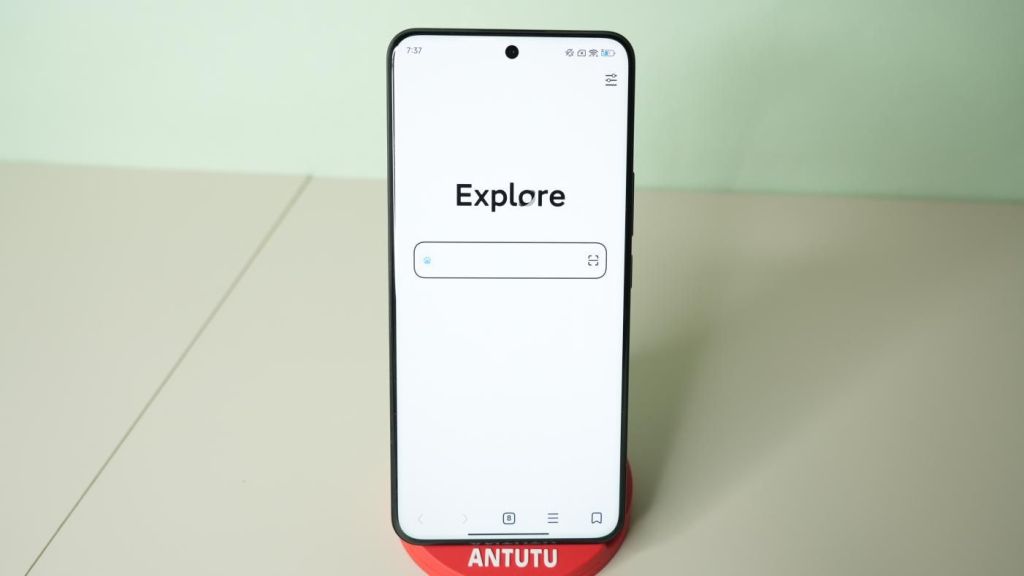
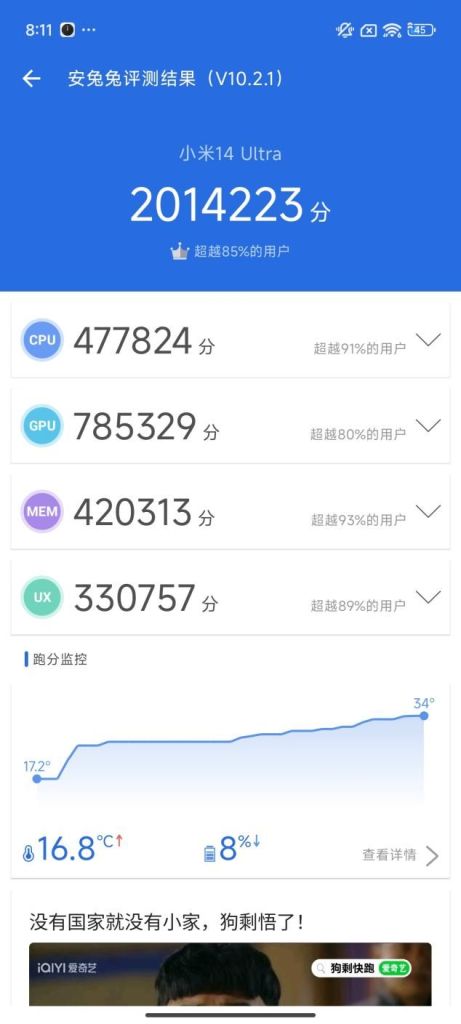
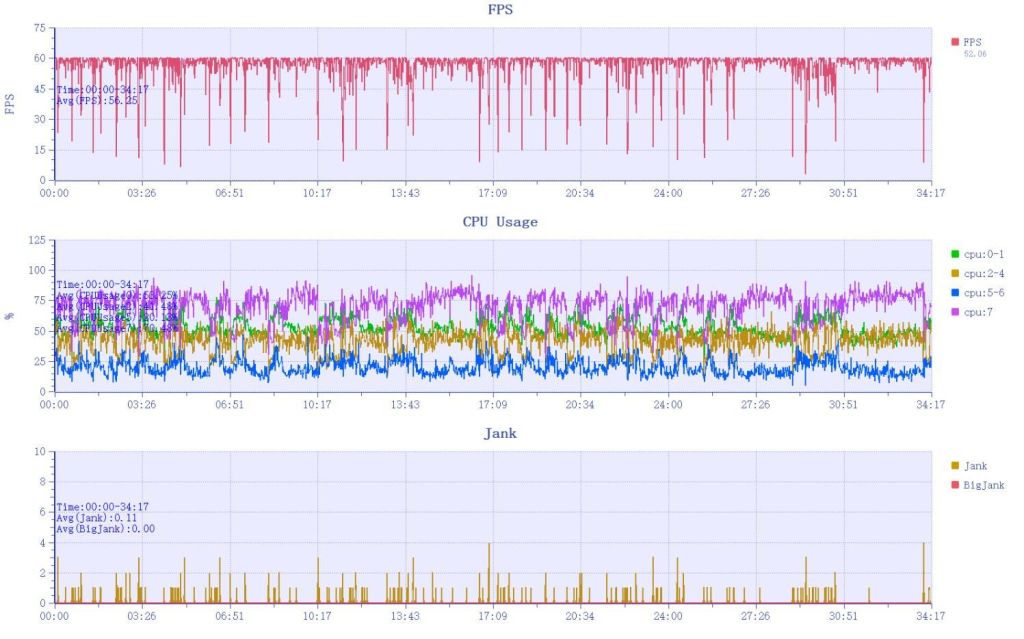
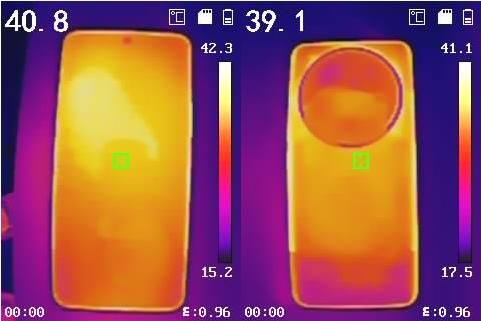
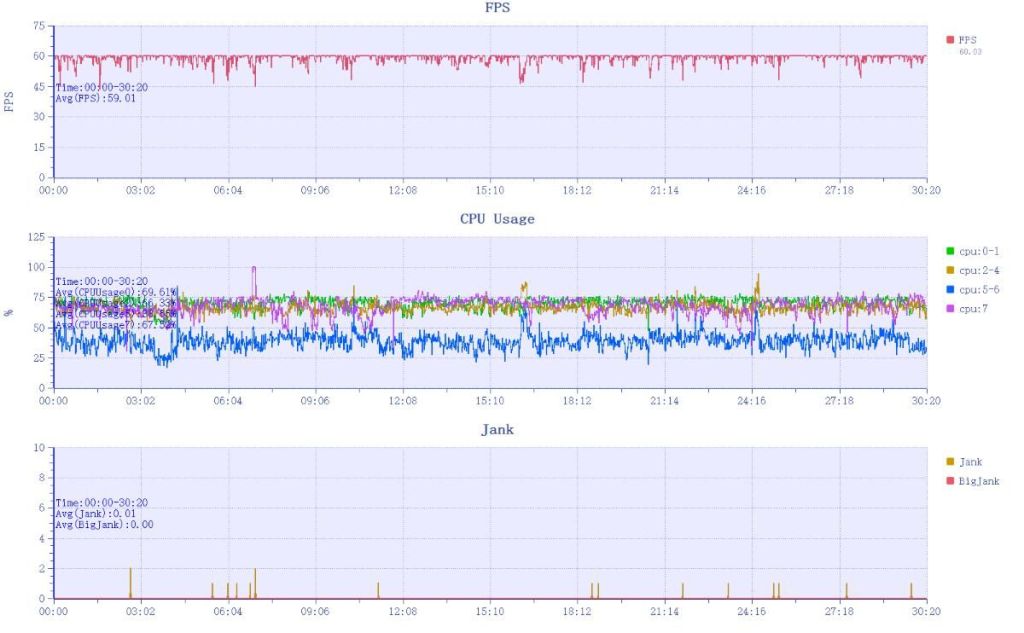
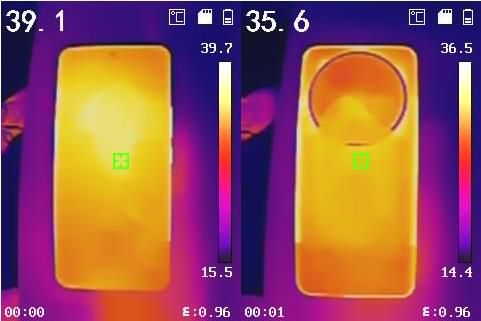
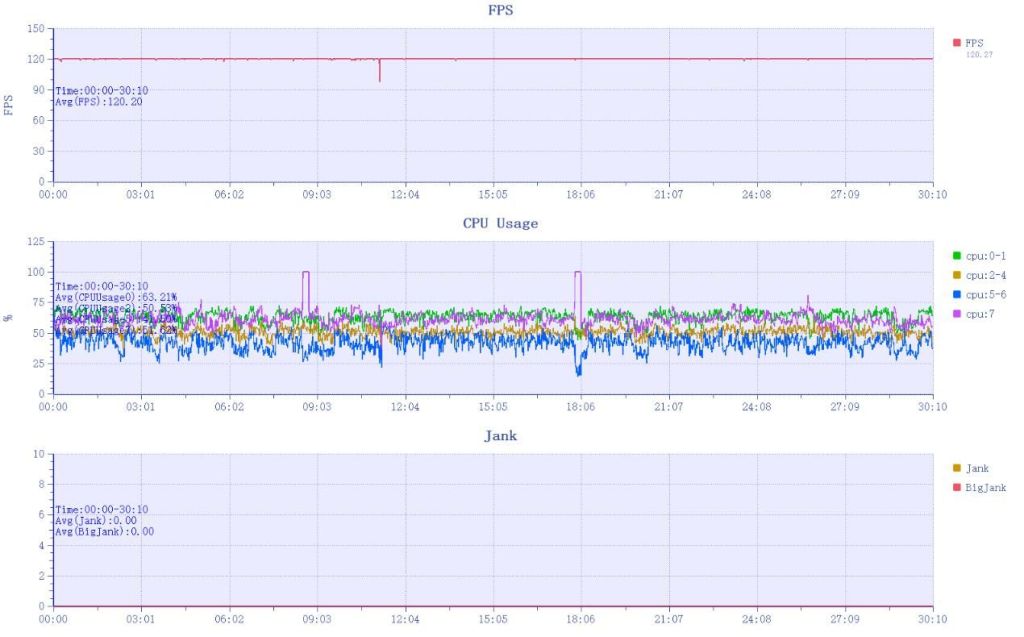


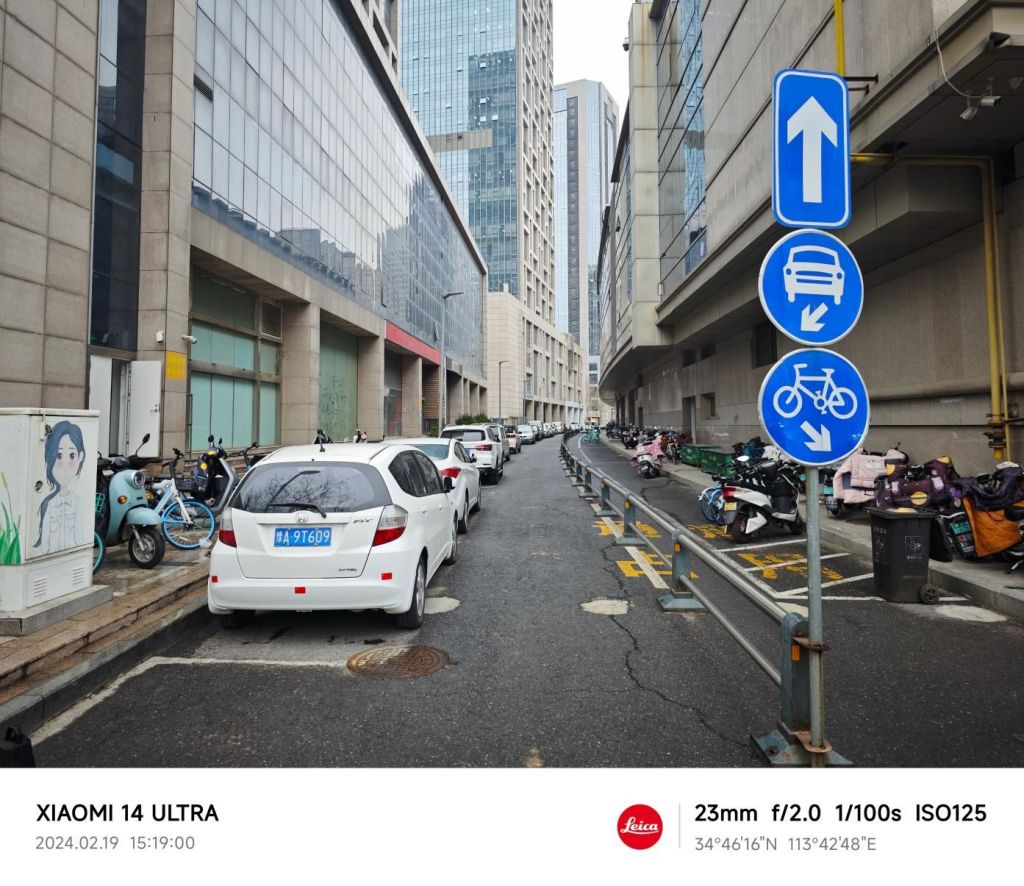
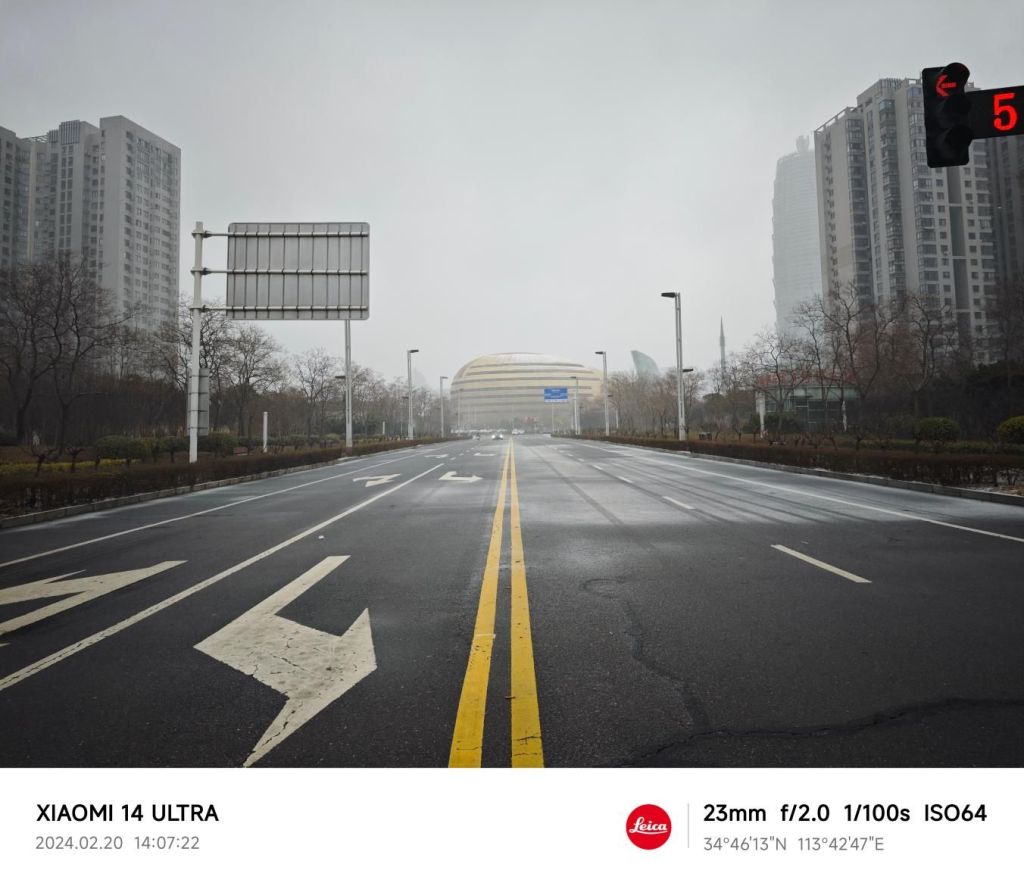
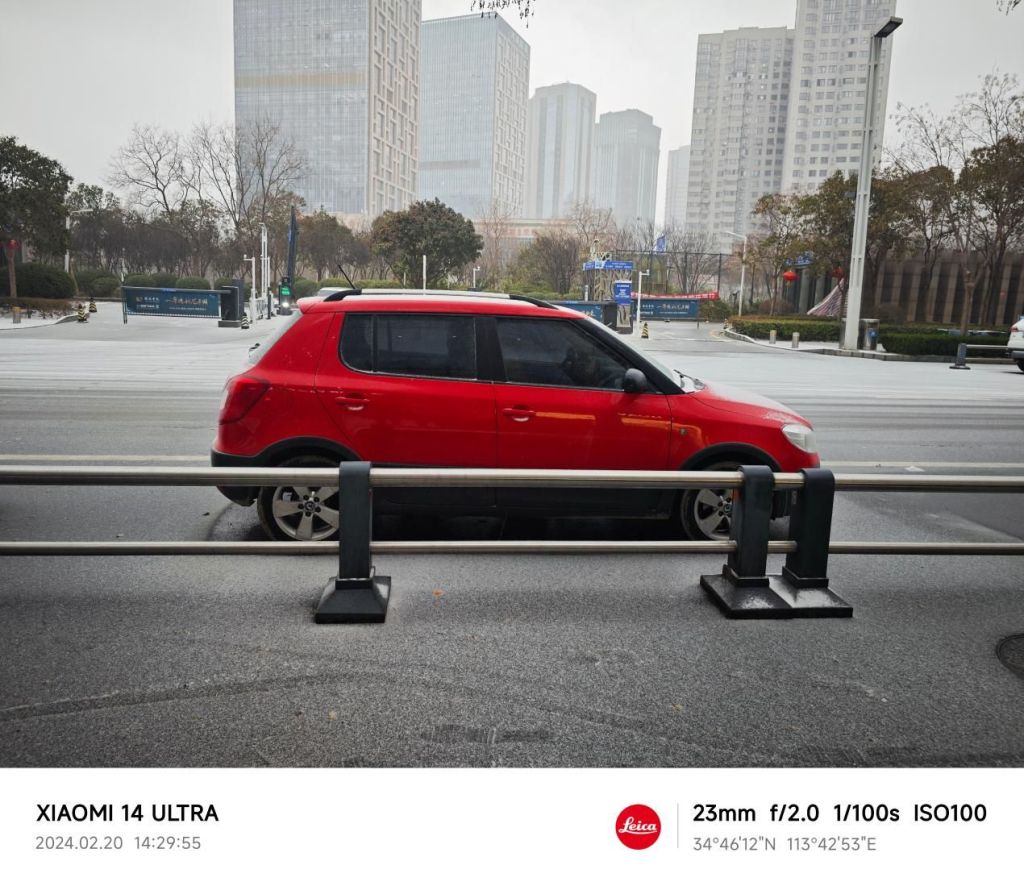







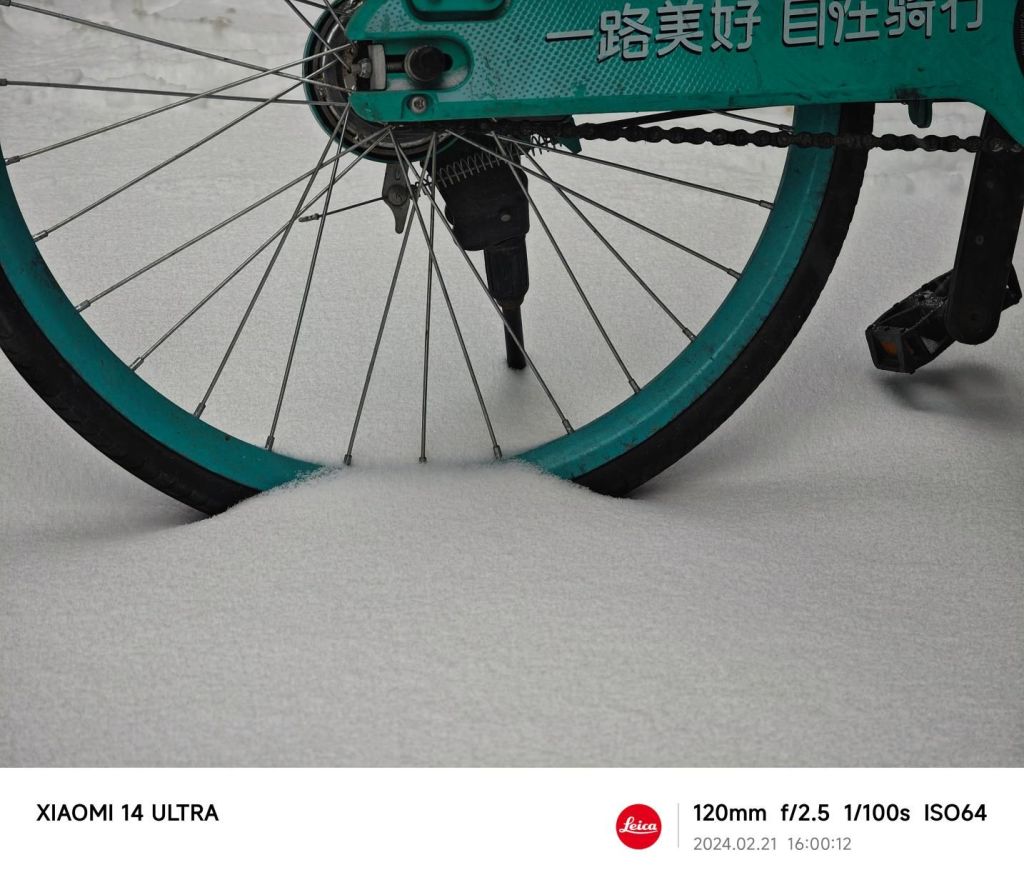







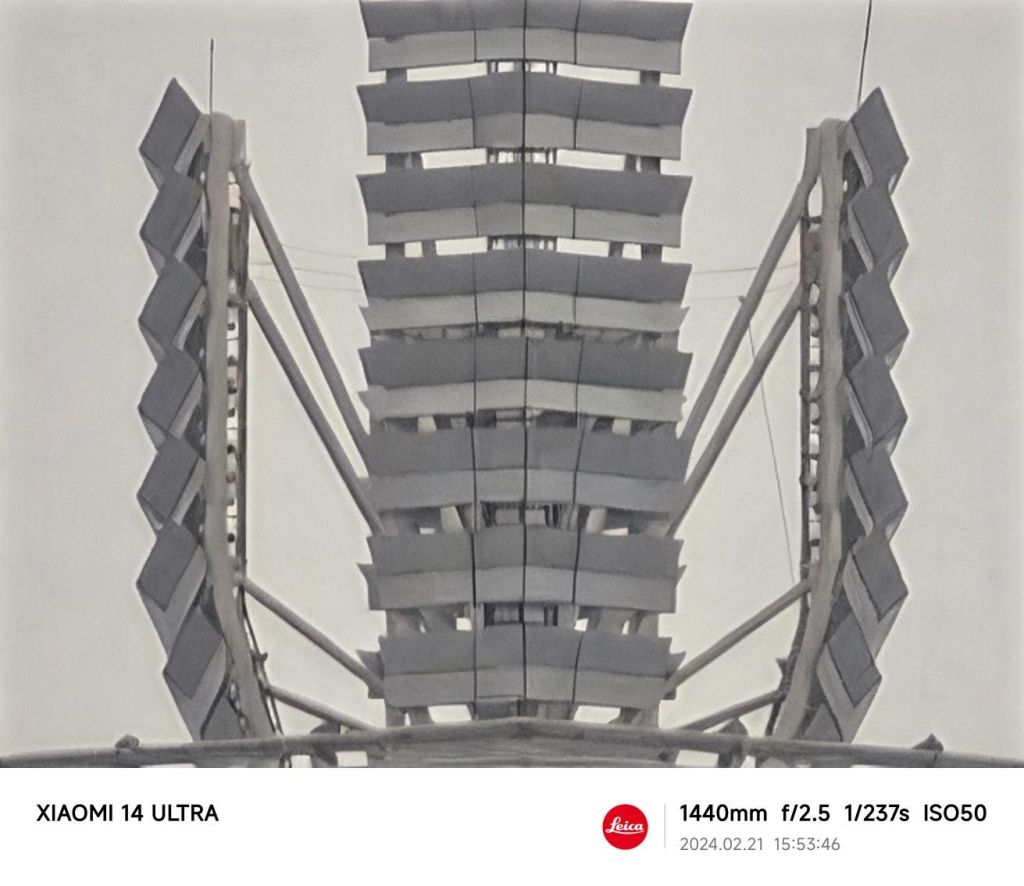
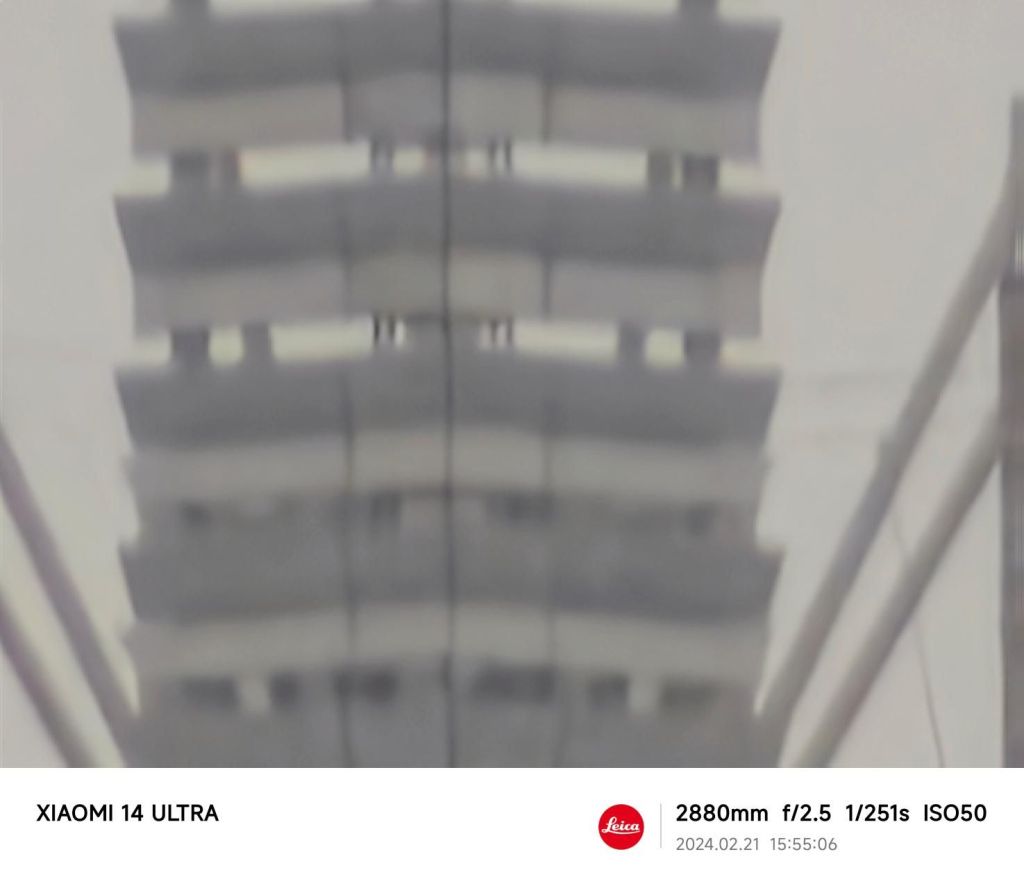








Xiaomi 14 Ultra Review
It’s hard not to notice the shift in perception regarding Xiaomi’s trajectory. What was once a subject of ridicule, the so-called “critical year when Xiaomi surges,” has gradually faded into obscurity. From the resurgence of strength with the Xiaomi 12S series to the widespread acclaim for the Xiaomi 13 series and the subsequent popularity of the Xiaomi 14 series, Xiaomi has undeniably established a firm foothold in the high-end market.

The only piece missing from the puzzle is a flagship device capable of rivaling the likes of Apple and Huawei. Despite the disappointment of the previous Ultra model, hopes are soaring for the Xiaomi 14 Ultra to fill that void. And now, at long last, it’s finally here.
| Model | Xiaomi 14 Ultra |
|---|---|
| Display | 6.73 inches, CSOT C8 AMOLED flexible screen, Resolution 3200 × 1440p, supports 1~120Hz LTPO refresh rate Support P3 wide color gamut, Peak brightness: 3000nit Touch sampling rate: up to 240Hz, Instantaneous touch sampling rate; up to 2160Hz. |
| Performance | Qualcomm Snapdragon 8 Gen3 12GB/16GB LPDDR5X (8533Mbps) 256GB/512GB/1TB UFS 4.0 |
| Camera | Main: 50MP Sony’s LYT-900, f/1.63 – f/4.0 Stepless variable aperture, Equivalent to 23mm focal length, Support 4-in-1 3.2um large pixel, HyperOlS super optical image stabilization, Octa-PD phase focusing, 8P coating. Ultra-wide: 3x Telephoto: 5x Periscope Telephoto: Front Camera: |
| Unlock | Ultra-thin under-screen fingerprint recognition, 2D face unlock |
| Battery and Charging | Built-in single cell high energy density silicon carbon battery 5300mAh(typ) / 5180mAh(min) 90W wired charging 80W wireless charging |
| OS | Xiaomi HyperOS based on Android 14 |
| Size | 161.4mm × 75.3mm × 9.2mm |
| Weight | 224.4g (black, white), 229.5g (blue), 229.6g (titanium) |
| Colors | Black, White, Dragon Crystal Blue, Titanium Edition |
| Others | NFC, X-axis linear motor, Infrared remote control, flicker sensor, Laser focus sensor |
Exterior Design
The appearance design of the Xiaomi 14 Ultra is a direct response to criticisms leveled at its predecessor. Most notably, the despised hump design has been completely eliminated. Instead, the phone’s back panel now boasts a flat shape, albeit with a more prominent camera module. While the protrusion of the camera module may be acceptable given the device’s status as an Ultra and flagship for imaging, any compromises in terms of feel and comfort in hand are deemed intolerable.

With the removal of the hump design, the Xiaomi 14 Ultra presents a sleek profile devoid of any awkward bulges. Furthermore, the edge design on both sides, coupled with congruent depth and a slightly curved screen, significantly enhance the grip and handling experience. Despite its measured thickness of 9.2mm, the device feels remarkably solid in hand, without any sense of bulkiness or heaviness. Additionally, the elimination of the incongruous disparity between thin sides and a thick top, often associated with traditional curved screens, is a welcome improvement.
The camera module retains its distinctive circular shape from the previous generation, boasting a thickness of 15.9mm. Below this module lies the iconic metal base characteristic of the Xiaomi 14 series, providing a smooth transition to the gold decorative circle and the black lens. Notably, the signature Paris studs are seamlessly integrated into the sides of the black lens layer.

During normal handling, the index finger naturally rests just below the camera module, mitigating the perceived prominence of this sizable component.

Additionally, the intricate layers comprising the camera module render it susceptible to dust contamination. The refined texture of the nano-skin, while enhancing aesthetics, exacerbates this issue by trapping granular dust particles. Consequently, the back case of the phone accumulates dust and becomes challenging to clean during daily use.

Furthermore, regardless of whether opting for the technical nanoskin version or the blue dragon crystal ceramic version, the back panel design of the Xiaomi 14 Ultra leaves a portion of the back exposed. Metal sides seamlessly integrated with the middle frame transition into strip-shaped technological nano-skin or ceramic in the middle. This design, reminiscent of previous iterations, draws inspiration from classic camera aesthetics seen in recent models like the Leica M11. Hence, from a certain perspective, Xiaomi’s positioning of the Ultra emphasizes its professional camera attributes, framing it as a “camera that can make phone calls.”

Moving on to the front, I won’t delve into the specifics of the screen as the Xiaomi 14 Ultra mirrors the Xiaomi 14 Pro in this aspect. This includes features such as the full-depth micro-curved screen, dragon crystal glass, and CSOT C8 screen substrate, along with their corresponding parameters.

Let me share my experience. While a colleague handles the Xiaomi 14 Pro, Author haven’t had extensive interaction with it. Author’s prior understanding of full-depth micro-curved screens was limited to conventional micro-curved displays. However, after using the Xiaomi 14 Ultra, author acknowledge the comfort it offers in daily use. The front view closely resembles that of a flat screen, devoid of the distortion and color cast associated with curved displays. Moreover, the transition to 2.5D glass enhances the tactile experience when navigating the screen. Personally, given similar product capabilities, I prioritize this screen design.

Interestingly, the concept of congruent deep and slightly curved screens is not entirely novel. In the pre-full-screen era, many phones adopted this design, including Google Pixel and even the iPhone 6. However, this design faded with changing trends. Its resurgence in the full-screen era comes as a pleasant surprise, and users accustomed to flat screens are likely pleased with this development.
Furthermore, Xiaomi has implemented a dragon armor architecture in the Xiaomi 14 Ultra, comprising dragon crystal glass on the front, an integrated aluminum alloy frame, and either technological nanoskin or dragon crystal ceramics on the back. This design enhances the phone’s robustness and durability significantly.
Performance and Gaming
The Xiaomi 14 Ultra boasts the current mainstream Snapdragon 8 Gen3 chipset found in flagship phones, along with LPDDR5X memory and UFS 4.0 flash memory, placing it among the top configurations in the Android camp. While this configuration may be familiar to many, Xiaomi introduces a new addition: the dual-circuit annular cold pump, which incorporates a camera-specific heat dissipation loop into the traditional heat dissipation concept. This innovation divides the heat into two independent zones with an area of 4000mm², providing a claimed heat dissipation capacity of 68mA/℃.
In the AnTuTu V10 version, the Xiaomi 14 Ultra achieved a score of 2,014,223 points, which, while not exceptional among models with similar configurations, demonstrates stable performance. Across multiple consecutive runs, the variance in scores remained within 50,000 points, showing minimal fluctuations.

During actual gaming tests, the author selected three popular games: Honkai: Star Rail, Genshin Impact, and Honor of Kings.
Firstly, Honkai: Star Rail was tested with all settings adjusted to the highest level in a simulated universe world 8, with 2x speed and 2x encounters, replicating normal gameplay conditions.
Over the course of the 34-minute test in Honkai: Star Rail, the Xiaomi 14 Ultra’s battery decreased from 100% to 89%, with an average frame rate of 56.25 frames per second, slightly below average for Snapdragon 8 Gen3 models. Despite occasional minor lags, the overall gaming experience remained relatively smooth.

Regarding CPU usage, the Xiaomi 14 Ultra’s ultra-large core scheduling showed relatively active engagement, with an average usage of 70.43%. However, the author encountered an anomaly during gameplay: in the simulated universe rest area, while using a blood bottle, there was an instance where the special particle effect failed to appear when the blood bottle was broken.
In terms of temperature, with a room temperature of 15°C, the Xiaomi 14 Ultra recorded a maximum temperature of 42.3°C on the front and 41.1°C on the back during the 34-minute Honkai: Star Rail session, showcasing satisfactory temperature management.

Moving on to Genshin Impact, the author adjusted all settings except dynamic blur to the highest level and disabled dynamic blur. The test area chosen was the Kingdom of Water, encompassing activities such as traversing maps, battling monsters, and decrypting, thus replicating a typical gaming session.
Over the course of the 30-minute test in Genshin Impact, the Xiaomi 14 Ultra’s battery decreased from 87% to 72%, with an average frame rate of 59.01 frames per second, placing it at a moderate level among Snapdragon 8 Gen3 models. Despite this, the gaming experience remained consistently smooth, with no observable lag during skill execution.

In terms of CPU usage, the ultra-large core of the Xiaomi 14 Ultra demonstrated an average usage of 67.52%. As for temperature performance, with a room temperature of 15°C, the device recorded a maximum temperature of 39.7°C on the front and 36.5°C on the back during the 30-minute Genshin Impact test, indicating commendable temperature management.

Concluding with Honor of Kings, all image quality settings were maximized, and normal 5V5 mode, including laning and team battle scenes, was selected for testing.
Throughout the 30-minute Honor of Kings session, the Xiaomi 14 Ultra’s battery decreased from 71% to 59%, with an average frame rate of 120.20 frames per second. The gameplay proceeded smoothly with minimal interruption, except for a single frame drop attributed to a delayed notification. This performance places the Snapdragon 8 Gen3 model at a commendable level, ensuring a consistently smooth gaming experience.

Assessing CPU utilization, the Xiaomi 14 Ultra’s CPU cores exhibited active engagement, with the highest average occupancy rate among the four cluster cores reaching 63.21% and the lowest averaging 41.50%. This indicates ample processing power for handling Honor of Kings gameplay.
Regarding temperature management, with a room temperature of 15°C, the Xiaomi 14 Ultra recorded a maximum temperature of 38.8°C on the front and 37.2°C on the back during the 30-minute Honor of Kings test. Overall, the device demonstrated efficient temperature control.

In summary, while the Xiaomi 14 Ultra’s gaming performance in real-world testing proves satisfactory, it generally falls below the average for Snapdragon 8 Gen3 models. While gaming functionality remains intact, the overall gaming experience may be considered average.
Imaging Strength
As an Ultra and the ultimate imaging flagship, the Xiaomi 14 Ultra’s imaging capabilities stand at the forefront of the device. In terms of lens configuration, it boasts Sony’s second-generation one-inch main camera, the LYT-900. While its optical specifications remain consistent with the previous generation IMX989, advancements in semiconductor manufacturing technology have enhanced the LYT-900’s dynamic range. Moreover, it features a variable aperture ranging from f/1.63 to f/4.0.
The three secondary cameras retain the IMX858 configuration for ultra-wide-angle, 3X upright telephoto, and 5X periscope telephoto lenses. Though identical to the previous generation, these lenses now offer larger apertures. For instance, the aperture of the 5X periscope telephoto lens has been upgraded from f/3.0 to f/2.5, surpassing competitors with a f/4.3 aperture. It’s worth noting that a smaller aperture number indicates a larger aperture and allows more light to reach the sensor.
Furthermore, both IMX858 telephoto lenses on the Xiaomi 14 Ultra operate at full specifications without cropping. Addressing previous shortcomings, this generation introduces telephoto macro capabilities to both telephoto lenses, showcasing a high level of dedication to user experience and innovation.
Whether it’s an SLR camera or a smartphone, the essence of photography lies in capturing light. The crucial factor is the quantity of light available. Manufacturers often tout features like larger apertures and advanced lenses to maximize light intake. Therefore, while the secondary cameras remain unchanged, the upgraded level of the IMX858 on the Xiaomi 14 Ultra is truly noticeable.
In terms of actual camera performance, the LYT-900 main camera of the Xiaomi 14 Ultra exhibits remarkable stability while maintaining the vibrant color style achieved through Xiaomi’s collaboration with Leica.


Despite recent cloudy and snowy conditions in Zhengzhou, the light environment remains challenging. Nevertheless, the Xiaomi 14 Ultra’s camera performance shines through. Although these samples have been compressed after uploading, upon closer inspection, most photos retain their details, with well-controlled noise levels.






Moreover, in the author’s opinion, telephoto lenses, particularly those with focal lengths of 75mm and 120mm, are the most commonly used for capturing images. They tend to evoke a sense of depth and emotion, making casual photography more expressive.







During the Xiaomi 14 Ultra press conference, Zhang Yimou emphasized the importance of authenticity in photography, stating that a good photo should look slightly better than reality, conveying a sense of natural beauty. He cautioned against overly saturated colors, which can appear artificial.
The Xiaomi 14 Ultra excels in this aspect. Whether using the Leica Classic or Leica Vivid mode, it prioritizes the interplay of light and shadow. While it deepens shadows to create more nuanced and storytelling photos, it avoids excessive color contrast, maintaining a balanced visual impact. Consequently, the distinction between Leica Classic and Leica Vivid modes has become less pronounced, focusing more on variations in brightness and saturation.


To address previous shortcomings, all three secondary cameras of the Xiaomi 14 Ultra now support macro photography, albeit with varying focusing distances. The ultra-wide-angle lens enables super macro shots from as close as 5cm, while the 3X telephoto lens and its 75mm focal length offer macro capabilities at a distance of 10cm. The 5X telephoto lens also supports 10cm macro shots, while the 120mm focal length extends macro shooting distance to 30cm.


In terms of zoom capability, the Xiaomi 14 Ultra delivers impressive performance. While sharpness may be considered satisfactory, the color consistency across multiple shots is excellent, with seamless transitions between lenses. This underscores the significant value of the IMX858 sensor.
However, as it was still snowing at the time, the zoom proofs appeared somewhat gray, so please forgive the slight distortion. I may add another set of zoom proofs later for clarity.
The Xiaomi 14 Ultra introduces the UltraZoom beta AI enhancement function, which enhances the photo-taking ability by up to 30 times. You can refer to the 30X and 20X samples above for comparison. Remarkably, the sharpness of both 30X and 20X images is nearly identical.


Even at 60X, the clarity of the Xiaomi 14 Ultra remains commendable, although the AI enhancements become more apparent. However, at 120X, the limitations of a mobile phone camera become evident, particularly in terms of anti-shake performance, rendering this zoom range more suitable for casual observation rather than serious photography.
Regarding portraits, the Xiaomi 14 Ultra has made significant strides, departing from the overexposed and blurry portraits of previous models. The resulting samples exhibit realism, with pores and facial imperfections clearly visible upon enlargement. Gratitude is extended to friends for their participation in this endeavor.



However, with the introduction of the Xiaomi 14 series, Xiaomi has also introduced a new metering weight option. Proper adjustment of this function is crucial to prevent facial details from blending into one another and to minimize noise.

In terms of video recording, the Xiaomi 14 Ultra supports unlimited 8K at 30 frames per second and 4K at 60 frames per second at all focal lengths. However, switching lenses is not possible at 4K 120 frames per second. Additionally, the front camera supports 4K at 60 frames per second.
The default anti-shake functionality proves satisfactory, while the super anti-shake/Pro mode is particularly impressive, albeit limited to 1080P at 30 frames per second.
Overall, the imaging capabilities of the Xiaomi 14 Ultra are highly satisfactory. It is personally deemed as the most user-friendly imaging flagship currently available. This accessibility does not pertain to affordability but rather to Xiaomi’s imaging style, which effortlessly produces captivating photos without the need for meticulous scene selection or angle adjustments. The Xiaomi Imaging Brain automatically adjusts numerous parameters to craft photos with a compelling storytelling quality.
However, it’s essential for users to determine whether this storytelling and magazine-like seriousness align with their preferences.
Battery Life and Charging
The Xiaomi 14 Ultra is equipped with a 5300mAh single-cell high-density silicon carbon battery, showcasing significant improvements in battery life. Xiaomi asserts that this battery can maintain over 80% battery health even after 1600 complete charging cycles, surpassing the previous iPhone’s guarantee of 80% battery health after 1,000 complete charging cycles.
During the author’s usage as the primary device with full 5G connectivity, without connecting to Wi-Fi or engaging in gaming, the battery lasted for 24 hours and 38 minutes, from 100% battery to 5% battery. Throughout this period, the screen remained on for at least 7 hours.

The Xiaomi 14 Ultra supports 90W wired fast charging and is the first to introduce 80W wireless fast charging. The wattage of wireless fast charging nearly matches that of wired fast charging, representing a remarkable advancement in charging technology.
In the fast charging test, charging began from 5%. With 90W wired fast charging, the battery reached 25% in just 5 minutes. However, the phone’s temperature noticeably increased during this process, possibly due to the positioning of the ultra-large battery. As a result, the Xiaomi 14 Ultra dynamically adjusts the charging speed, with subsequent increments of 11%, 8%, and 11% over 5-minute intervals. It takes approximately 50 minutes to fully charge to 100%.



Satellite Communications
Regarding satellite communication capabilities, the Xiaomi 14 Ultra does indeed offer this feature, accompanied by corresponding signal enhancement accessories. However, satellite communication requires a specialized telecommunications card for operation. While the author has placed an order for such a card, it has yet to arrive, necessitating a delayed evaluation of this feature.
Conclusion
The Xiaomi 14 Ultra boasts a remarkably high degree of completion, with virtually no hardware shortcomings compared to its predecessor. However, despite its overall excellence, there are some minor annoyances present in the device’s details. For instance, holding the phone horizontally can lead to hand discomfort, as mentioned in the article. Additionally, the back shell tends to attract dirt easily, posing a cleanliness issue. Another noteworthy aspect is the sound emitted by the camera module.
Traditionally, the sound of OIS (optical image stabilization) is associated with quality and expense, with louder sounds often indicating a more premium device. However, the sound produced by the Xiaomi 14 Ultra’s camera module is excessively loud. It’s so pronounced that placing the phone on a table or pocketing it can result in an audible “click.”
Despite these minor drawbacks, the overall user experience provided by the Xiaomi 14 Ultra is highly satisfactory. After using it for a period of time, the author even feels inclined to purchase one for personal use. As long as users can overlook the aforementioned issues of hand discomfort, dirt accumulation, and abnormal noise (albeit indicating a high cost), the Xiaomi 14 Ultra stands out as the most worthwhile smartphone purchase in the first half of this year.
Note: This review was originally published on AnTuTu Benchmark by the author, Houxiangyu.




